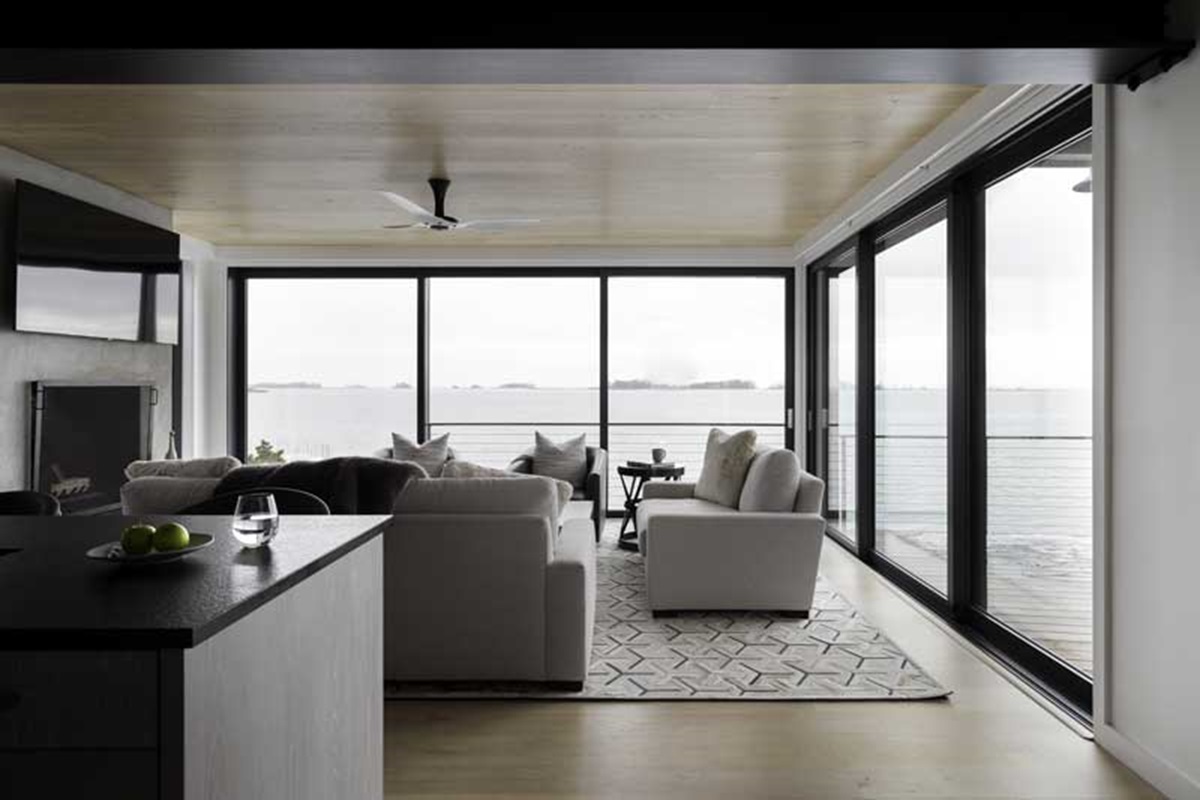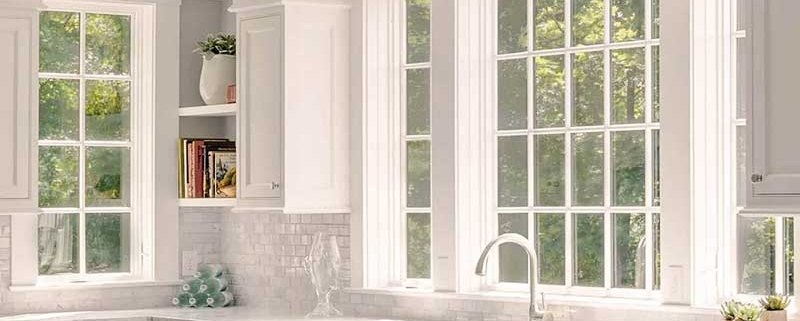Which Window Glass Is Best for Your Home? Hint: There’s Not Just One Type to Choose from.
When it comes to windows, most people focus on the window architecture and the basic aesthetic of the frame. But one of the most important elements for the function and efficiency of the window is the glass itself. There are a lot of options for glass whether it be the insulation, the strength and the surface coatings, all of which will maximize your investment.
Here are the different types of glass for windows:
- Standard Float
- Tempered
- Laminated
- Decorative
- Coated or Low-E
- Insulated
Considering you might need several types of window glass in your home, let’s consider the types and how they function.
1. Standard Float Glass
This is window glass in its basic form, made from glass that has been melted down and formed into a glass panel. It is fragile, weak and without any sort of coatings. It is this glass that is used to create the different types of glass for windows. It is the building block for all the different types window glass.

Tempered glass is considered “safety glassI’ and is manufactured to be up to four times stronger than standard glass.
2. Tempered Glass
Once float glass is made (see above), it can undergo another process to make it stronger called “tempering”. This results in a much stronger version of window glass. It can be broken but not be cut. When it is broken, the pieces are smaller and not as dangerous as when weak glass breaks. Also known as safety glass, it is optimal in any area where someone might accidentally fall into it or near it. Tempered glass is commonly used in doors and big windows near a busy area.
Tip: Tempered glass is most commonly used in the large panes of glass – picture windows and door lites, for instance. Be careful! It is easily scratched by razor blades removing adhesive.

When a laminated glass pane is broken, the plastic holds all of the pieces together.
3. Laminated Glass
Even stronger than tempered glass is laminated glass, which is considered the ultimate safety glass. Laminated glass is created by placing a thin sheet of plastic between two panes of glass. If broken, it will not shatter and disperse everywhere; it stays within the confines of the plastic. Also, this glass is ideal as a sound buffer with its layers of protection. Examples of laminated glass are car windshields, hurricane windows and windows in office buildings or high-rises.
4. Decorative Glass
Decorative glass encompasses any glass that is not perfectly clear and see-thru. Also known as obscured or textured glass, this glass allows natural light to come through the pane while also creating privacy. This glass can be etched, tinted, frosted or textured to create a decorative element. Decorative glass can be used anywhere in the home, but is most prevalent in bathrooms or doors, even in glass panels around the house.
5. Low Emissivity Glass
Low emissivity glass (or low-E) is created with a thin coating on the glass designed to block UV rays from the sun. This glass blocks infrared heat from the sun while still allowing light to pass through. They also reflect the interior temperature back into the house, resulting in a more temperate house, with heat being kept inside the home in the winter and cooler in the summer. By blocking the UV rays, everything from your skin to your furnishings will be protected from the sun’s harmful rays.
This coating is so thin that it is barely visible to the naked eye, and a window’s visibility is not impacted by it. This glass is an ideal candidate for large areas facing the sun.
6. Insulated Glass
The best way to maximize efficiency of your windows is to have insulated glass, which is used in double-pane and triple-pane windows. In between the panes of glass is a space separator; in this space gas such as argon or krypton is added to provide additional insulation between the panes.
Low-e glass can be used in these types of windows to add another layer of protection.
Double-paned glass offers protection from heat, cold, water, condensation and all forms of weather. Adding another pane increases that level of protection. A triple-pane glass window is thicker, which means that casements and the window structure will have to be expanded. The additional materials involved in a triple-pane window make this a more expensive option.
Tip: Let a knowledgeable window/door sales consultant help you determine if double- or triple-pane glass is right for your geographic location and/or the location of the sun on your house. You can mix double-pane and triple-pane in the same house!
Different climates, sun exposure and client needs are all important elements in determining the correct window glass for your space. One type of glass does not fit all your needs. Choosing the right type is important and since different types of glass will be needed all over your home, it is necessary to speak with a window dealer.
If you’d like to learn more which glass to choose for your home, contact us today. We’d love to help!



 Kentuckiana is our community! We’re locally-owned and operated, not a franchise, so you get attentive, local service.
Kentuckiana is our community! We’re locally-owned and operated, not a franchise, so you get attentive, local service.


